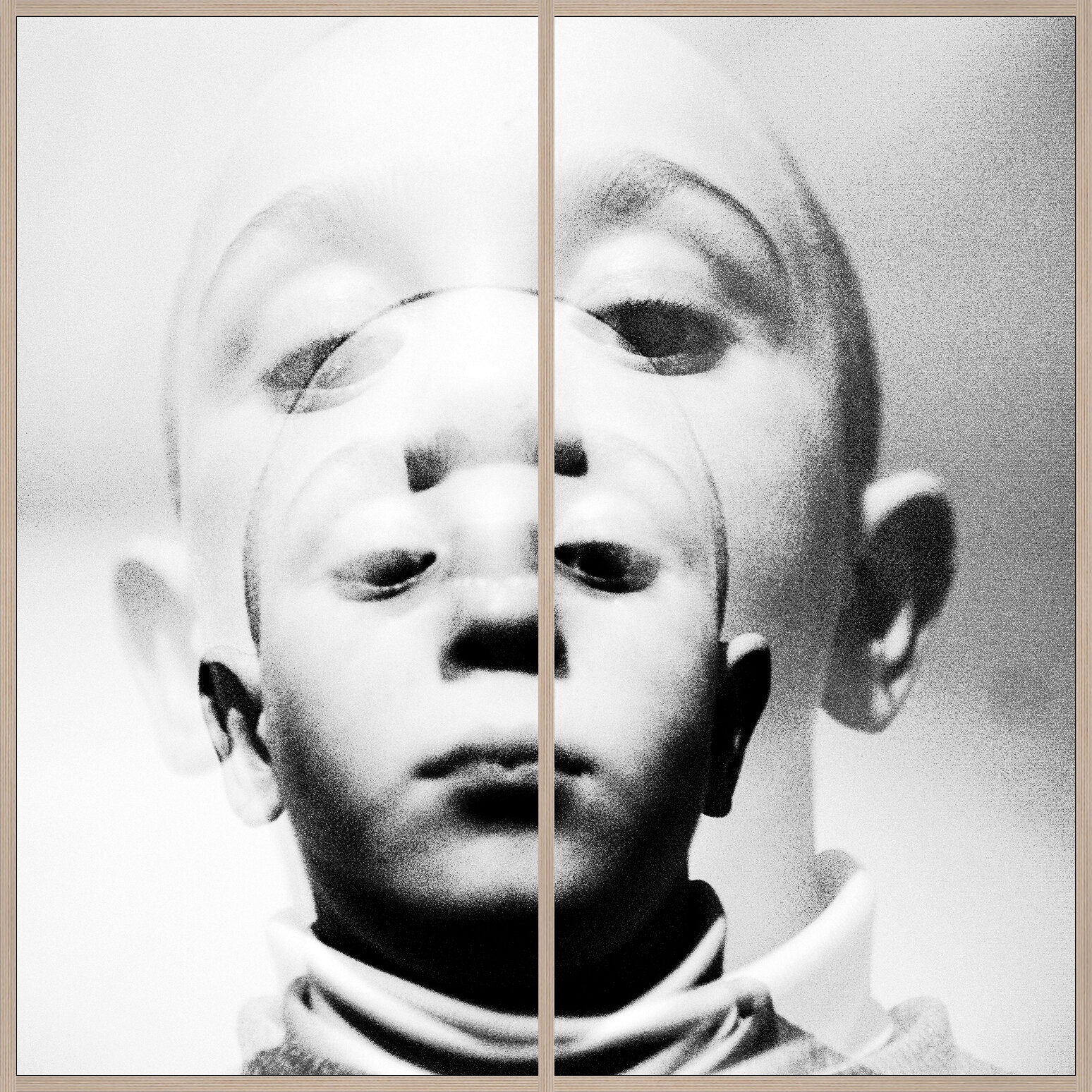“They Woke Up in the Future”
“Parallel Memory from the Past”
The past and future do not exist as opposite points on a timeline but as parallel realities intersecting within consciousness. Waking up in the future is not simply a journey into an unfamiliar time, but an encounter with one’s own past, which coexists with the present. Memory becomes paradoxical: it doesn’t store the past as a completed fact but creates alternative versions of reality, where past events continue to live and influence the present.
In this state, the person is no longer bound to a linear perception of time. The past and future overlap, creating intersections where it is impossible to distinguish where one ends and the other begins. Waking up in the future, the character encounters moments from their past, existing like reflections trapped in repetition. These memories seem to be broadcast from a parallel universe, suggesting that time doesn’t move forward but multiplies in endless layers.
Awakening in the future becomes a metaphor for the sudden realization that the past has never disappeared—it is merely hidden in the depths of consciousness, ready to resurface at any moment. In these parallel memories, the characters encounter forgotten fears, missed opportunities, and unfulfilled desires. It raises the question: what part of what we remember was real, and what is the creation of our imagination?
The future in this concept offers no promise of novelty or progress—it is filled with the ghosts of the past, which continue to shape actions in the present. Every decision becomes an echo of a once-made choice. Parallel memory forces us to reflect on how much our visions of the future are shaped by what we have already lived. This state resembles a trap: there is no escape until one recognizes that the present is merely the illusion of a moment where all temporal planes converge.
When the characters wake up in the future, they encounter themselves, but altered by a past that no longer exists. The self becomes fragmented: who are we now if our “I” already exists in parallel temporal realities? Awakening becomes a symbol of the loss of control over time and identity. It no longer brings clarity but only deepens the sense of disconnection.
“They Woke Up in the Future /Parallel Memory from the Past/” explores how our perception of time and memory shapes reality. This concept suggests that the boundaries between past, present, and future are merely constructs of consciousness. We do not wake up in the present or future but in a space where all memories, fears, and expectations exist simultaneously, creating infinite parallels of reality. In this space, we are always searching for awakening, only to find new versions of ourselves.
Video Work “The Past Returned into the Future as the Hallucination of Childhood’s Physical Pain in the Present”
The boundaries between past and future blur, transforming into illusory reflections of one another, where the present becomes the stage for an unconscious drama. In this concept, the past does not return as memory but as phantom pain—physical and emotional trauma experienced in childhood that resurfaces in new forms within the present. The hallucination of pain serves as a metaphor for how unresolved traumas from the past intrude on the present, distorting the future.
Here, time does not flow linearly. The past does not remain behind but permeates through the layers of time, becoming part of what has yet to occur. We are not only unable to leave the pain behind—it transforms into new manifestations, becoming part of the future. In this context, childhood’s physical pain is not merely a bodily suffering but a preserved memory that, finding no release, mutates into a hallucination in the present.
This hallucination is not merely a symptom of neurosis but a cry from the inner self, trying to reassemble fragments of a lost identity. In childhood, pain often defies explanation but leaves imprints on the body, like a code that reactivates in the future. Thus, the pain experienced in the past becomes a means of understanding the present—a way to acknowledge that the suffering we endured remains part of who we are today.
When the past invades the future through the lens of pain, distinctions between what is real and what is imagined dissolve. Hallucination is the psyche’s response to unresolved trauma, distorting our perception of the present. Unaddressed conflicts and childhood experiences generate illusory scenarios. In this sense, hallucination becomes a way for the mind to rewrite reality, seeking a return to an initial point where healing is still possible.
Pain serves as a form of memory that defies oblivion. It remains imprinted on the body and mind, accumulating as traces of lived experience. Every new encounter with pain is not merely a moment of suffering but a retrospective flash that links all past and future pains into a single stream. Pain becomes the language of time, reminding us that even the deepest past can find its way into the future.
“The Past Returned into the Future as the Hallucination of Childhood’s Physical Pain in the Present” is a concept that reveals how unresolved emotional and physical traumas continue to shape our perception of life. It reminds us that we cannot fully escape the past—it will always find a way to surface, whether in the body or in the mind, whether as memory or hallucination. And this process is never complete: it unfolds in every moment, where the present becomes a collision ground between what was and what is yet to come.


















